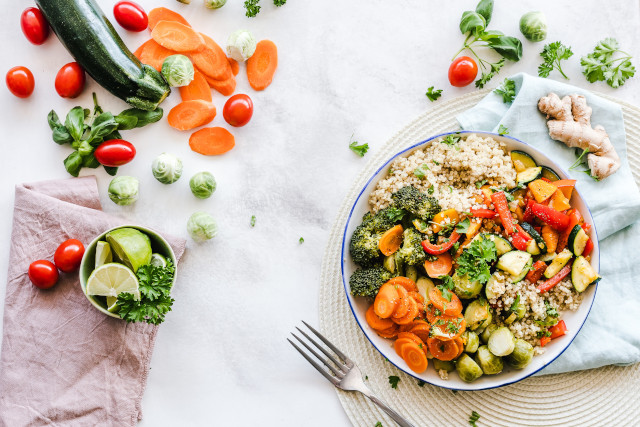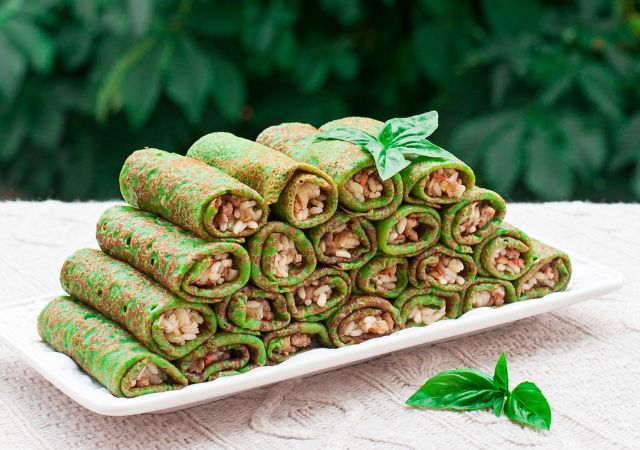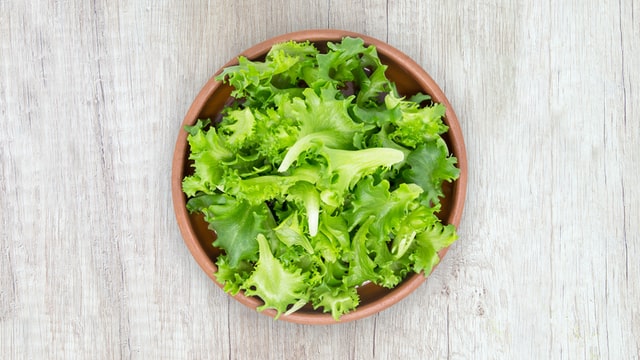
Lettuce is a greens vegetable which we shouldn't forget about in our daily menu. Due to its health-promoting properties and irreplaceable nutritional value, it will be suitable for people's diet, especially for diabetics.
Contents
Dieters often eat a lot of Lettuce because it fills you up and provides essential nutrients such as folic acid and vitamins K and A without giving a lot of calories. Similarly, other non-starchy vegetables, including Lettuce, can be a good choice for diabetics because of their low carbohydrate content and minimal impact on blood sugar levels.
Lettuce and diabetes
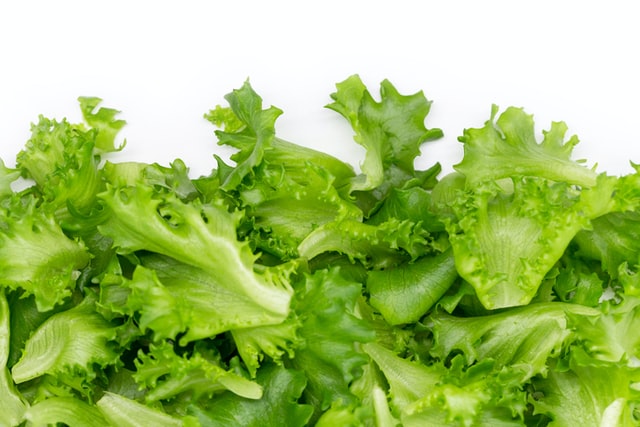
Lettuce for diabetics is the best proof that the diet of people suffering from elevated glucose levels can be delicious and varied. Using a wide range of vegetables and fruits and meat and fish additives, we can compose excellent dishes, which taste the same as those eaten by healthy people.
It is a precious component of a diabetic's diet. Vegetables are primarily a source of valuable vitamins and minerals and dietary fiber, which supports metabolism weight loss and affects the regulation of carbohydrates.
They contain a small number of sugars and, for the most part, do not significantly affect blood glucose levels. Vegetables should be eaten with every meal, or at least with the main meals of breakfast, lunch, and dinner. As recommended by the Canadian Diabetes Association, vegetables (Lettuce) occupy at least half of the plate and starchy foods and protein-fatty foods.
Lettuce for diabetics as part of therapy
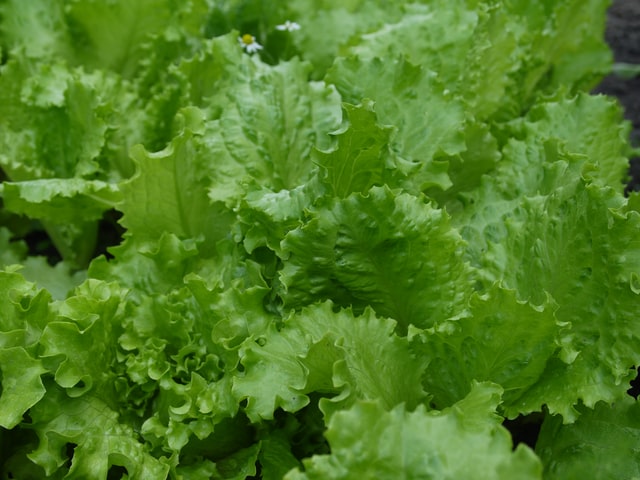
Lettuce for diabetics is one of the essential elements of the diet used to prevent and treat this dangerous chronic metabolic disease. This is especially true for type 2 diabetes, which accounts for about 90 percent of all reported cases, and is primarily a consequence of an inadequate diet that causes overweight. Vegetable and fruit Lettuce for
diabetics are characterized by:
- relatively low in carbohydrates,
- low in calories,
- The low glycemic index of most ingredients,
- high fiber content to speed up the metabolism.
Properly composed Lettuce can be eaten at different times as an ingredient of various meals: breakfast, second breakfast, lunch, afternoon snack, and even dinner.
Glycemic index of lettuce
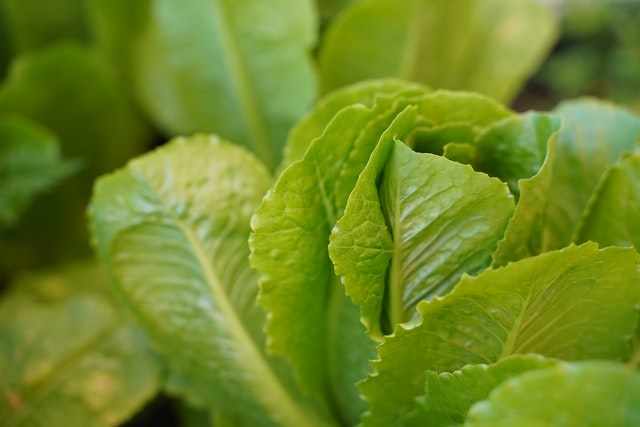
The glycemic index estimates a food's effect on blood sugar levels, with foods with a low score less likely to cause blood sugar spikes than those with a high score. According to the American Diabetes Association, Lettuce and most other non-starchy vegetables have shallow glycemic index scores, so you don't have to worry about them significantly raising your blood sugar.
GI = 10 ( in fact, every variety of Lettuce has this factor)
A study published in Diabetes Care in December 2004. It showed that people who ate more green leafy vegetables, such as Lettuce, were less likely to develop type 2 diabetes than people who did not " frequently eat these vegetables. Legumes, dark yellow vegetables, and fruits were also associated with a reduced risk of diabetes.
Lettuce - characteristics
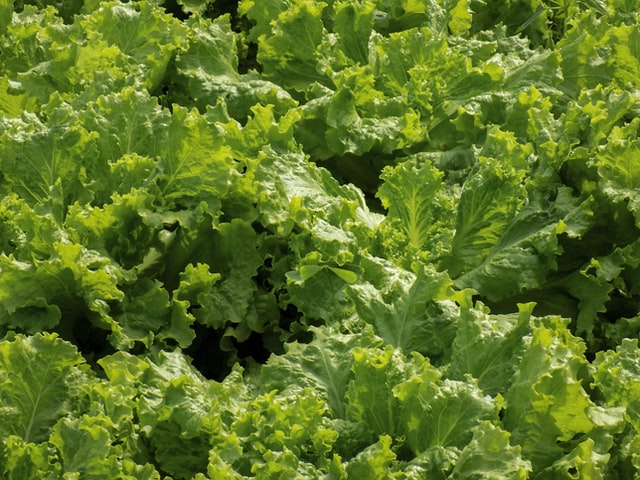
Lettuce is a species of annual plant of the Asteraceae family. There are more than 100 kinds, which grow mainly in temperate climates in Europe and Asia. The most typical representative is the Lettuce.
In ancient times, it was added to various dishes, but due to a different way of cultivation, Lettuce was distinguished by a more bitter taste than today.
It belongs to a very perishable vegetable. To keep it fresh and firm longer, it should be harvested in the morning or evening, preferably on cloudy days. This vegetable should be kept in dark, calm, and moist places. A vegetable storage compartment in the refrigerator or a cool pantry is suitable.
Lettuce - nutritional values
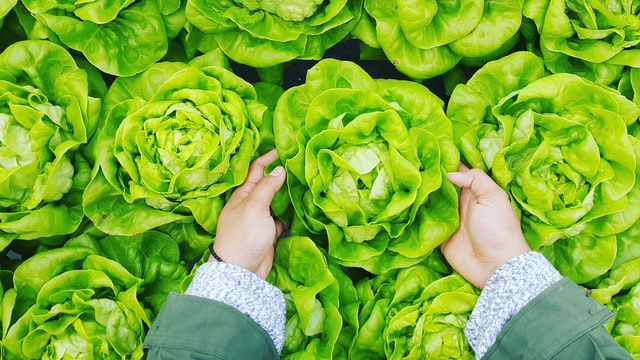
Contrary to popular belief, Lettuce is worth including in the daily menu because of its nutritional value. It contains mainly lutein and zeaxanthin, which are potent antioxidants. In addition, in its composition, there are:
- folic acid,
- B vitamins,
- vitamin E,
- vitamin C,
- potassium,
- magnesium,
- manganese.
In addition, raw Lettuce is low in calories. It contains only 15 calories in 100 g, including:
- 1.36 g protein,
- 2.87 g of carbohydrates,
- 0.78 g of sugar,
- 1.30 g of fiber,
- 0.15 g fat.
Supplement phosphorus
In addition to reducing the absorption of fats and sugars, Lettuce contains powerful antioxidants that help protect the body from macular degeneration. In addition, Lettuce helps strengthen the nervous system, deacidifies, improves digestion, and boosts immunity.
Dieters often eat a lot of Lettuce because it fills you up and provides essential nutrients such as folic acid and vitamins A and K without giving a lot of calories. Similarly, other non-starchy vegetables, including Lettuce, can be a good choice for diabetics because of their low carbohydrate content and minimal impact on blood sugar levels.
Lettuce - health promoting properties
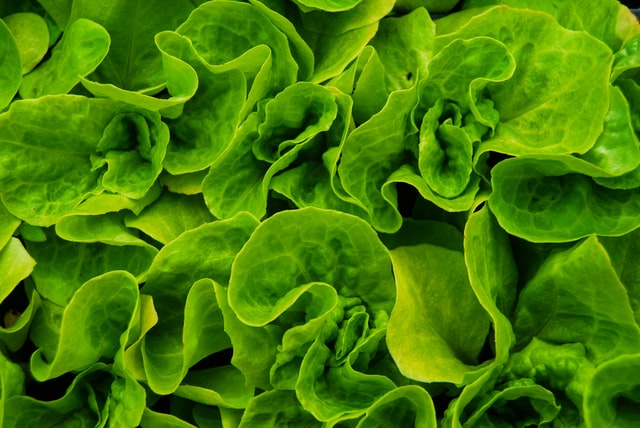
Thanks to its nutritional value, Lettuce is distinguished by numerous health-promoting properties. First of all, the high chlorophyll content gives the leaves a green color and shows an antibacterial effect. It accelerates the healing of wounds. It is also helpful in the fight against infections.
Lettuce is a voluminous meal and, at the same time, low in calories. A meal started with a salad, or a salad reduces appetite and allows you to eat less. Correctly seasoned Lettuce with a small addition of protein and fatty foods - e.g., cold meat, boiled egg, fish, cheese - are a filling breakfast or dinner meal that does not significantly affect glycemia.
It is best to eat a vegetable. Vegetables are best eaten raw as they contain most vitamins and minerals, but they should also be boiled or stewed.
We should pay attention to additives and salad dressings, often sweet, fatty, and high-calorie. Vegetable Lettuce should not be seasoned with ready-made sauces or mayonnaise - natural yogurt, kefir, or olive oil can be added instead. It is best to use natural spices, not ready-made mixtures that usually contain a lot of salt and preservatives.
Thanks to solid antioxidants, Lettuce protects against macular degeneration. It also strengthens the nervous system and speeds up metabolism, so it should be included in a slimming diet.
Other types of Lettuce you can eat if you have diabetes
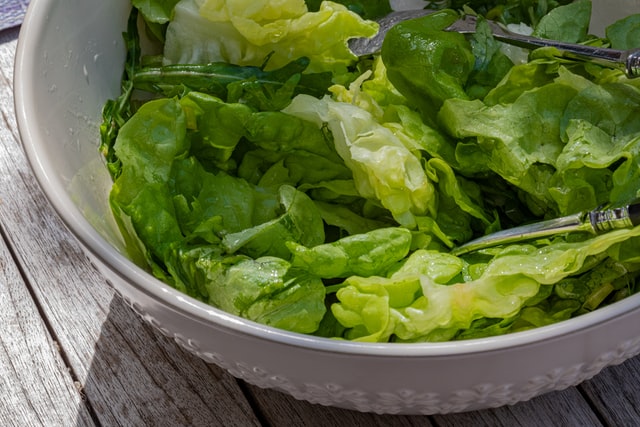
Each type of Lettuce contains micro-and macronutrients, making it worth reaching for. Iceberg lettuce has the least due to its high water content, but that doesn't mean it should be skipped when preparing meals.
Romaine lettuce is actually one of the healthiest lettuce. - it works well raw, cooked, and grilled. Besides the mentioned nutritional values, it contains beta-carotene, chromium, calcium, and iron.
Butter lettuce
The most popular and most familiar Lettuce to us is butter lettuce. It is characterized by large, green leaves with a delicate flavor. Butter lettuce is a rich source of fiber, magnesium, iron, vitamin B, and C. You should know that this type of Lettuce quickly loses its flavor and tenderness, so you should eat it fresh.
Iceberg lettuce
Next to butter lettuce, iceberg lettuce is a distinct type of Lettuce. In contrast to its predecessor, iceberg lettuce is very crispy and can be stored for more extended periods. However, it is worth noting that it has less nutritional value than butter lettuce.
Arugula
Despite appearances, the ragged leaves of arugula are also Lettuce. It has a much more pronounced flavor and is sharper. Arugula is rich in folic acid, iodine, and calcium. We often find arugula in the Mediterranean diet. It goes well with vegetables, fruits, feta cheese, and nuts. It keeps fresh for several days.
Roset leaves
Cress has small round leaves, green in color. It contains large amounts of potassium and iron, and vitamin B.
Romaine lettuce
Romaine lettuce has an oblong shape. The leaves are fleshy wrinkled, and long. Romaine lettuce contains large amounts of vitamin A and chromium. It keeps fresh for a long time. The taste of romaine lettuce is much sweeter than butter lettuce or iceberg lettuce.
Radicchio
Radicchio can be mistaken for cabbage. The leaves of this Lettuce are maroon and white. Radicchio is rich in fiber. The taste of radicchio lettuce is similar to chicory. Because of its characteristics and color, radicchio blends well with other lettuces. However, the heads of this Lettuce are not suitable for eating.
Cicoria
Yes, chicory is also Lettuce. It is shaped like a cob with characteristic white and yellow leaves. Chicory is a rich source of inulin, which regulates blood cholesterol levels. Chicory has a bitter taste. It tastes best when soaked in cold water.
What can't be in a diabetic's Lettuce?
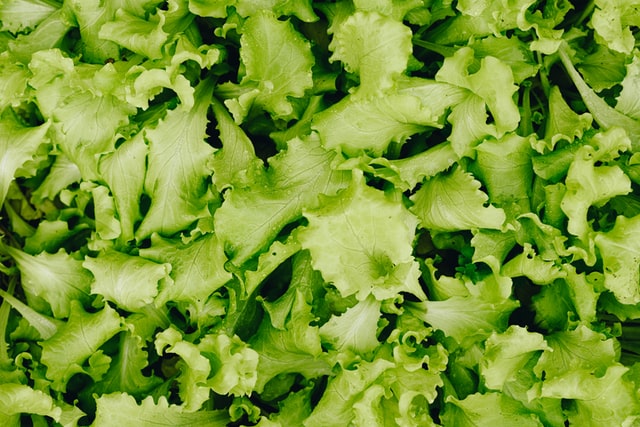
Vegetables that can be used only in small amounts include beets, carrots, parsley root, celery, peas, beans, and lentils. Important indications also apply to potatoes, which should be served whole, boiled or steamed, hard.
However, it is forbidden to eat overcooked potatoes, fried (also in French fries), or mashed (mashed), which have a very high glycemic index - they cause a rapid and robust increase in blood glucose levels after a meal. Similar restrictions apply to other vegetables.
What is very important, diabetics are not allowed to eat canned vegetables such as peas and corn, which are ingredients of many popular vegetable salads. As far as fruit is concerned, it is advisable to limit the consumption of prunes and pears and completely prohibit the eating of bananas, grapes, and overripe, dried, and canned fruit.


